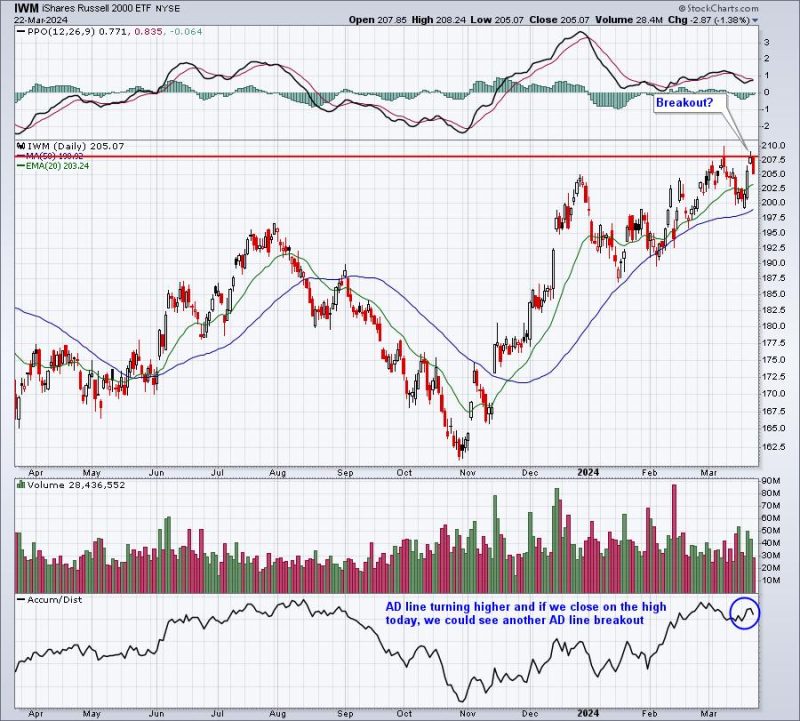First and foremost, it’s paramount to understand the role of the Federal Reserve (Fed), which is essentially America’s central bank. Charged with fostering economic stability and strength, the Fed can make decisions that ripple across the national and global economies. One of its key tools is setting the federal funds rate, whose change can have broad-ranging implications. Several changes or impacts have already been felt following the most recent Fed announcement.
1. Impact on the Stock Market
The inability to predict with confidence how the stock market will react to a Fed announcement is a well-established fact. However, typically, interest rate hikes can initially cause a dip in the stock market. Investors may sell shares due to fears of slowed economic growth caused by the rate hikes. On the contrary, the recent announcement led to an uplift in the stock market, as investors seemed to welcome the direction provided by the Fed.
2. Changes in Bond Investments
Bond investments are significantly influenced by interest rates. The Fed’s announcement that they plan to raise the federal funds rate leads to an expectation of higher future short-term interest rates. Therefore, this increases bond yields, making newly issued bonds more attractive. As a result, the price on existing, lower-yielding bonds drops. For bond investors, it’s crucial to grasp this inverse relationship between bond prices and interest rates.
3. Effect on the Housing Market
The Fed’s decisions historically impact both the housing market and broader real estate sector. Higher federal funds rates mean higher mortgage rates. As a consequence, this can slow down the housing market as it increases the cost of capital for real estate investors and can make monthly mortgage payments more expensive for homeowners.
4. Revised Unemployment Projections
The Fed often releases its outlook on unemployment following its meetings. The most recent announcement brought a slight change in this projection, signaling a belief in continued strength in the job market.
5. Impact on Inflation
Interestingly, a primary reason for the Fed raising the federal funds rate is to control inflation. By raising this rate, the Fed aims to decrease the amount of money flowing through the economy, thereby reducing inflation.
6. Fluctuations in Foreign Exchange Rates
Higher interest rates in the U.S. can attract global investors looking for higher returns, leading to an increased demand for the U.S. dollar. This increased demand, in turn, can lead to an appreciation in the value of the dollar, impacting international trade and foreign exchange rates.
7. Shifts in Consumer Borrowing and Spending
The federal funds rate directly impacts the interest rates set by financial institutions. Therefore a higher federal funds rate will mean higher interest rates on loans and savings accounts. As a result, consumers might cut back on spending and borrowing, which in turn can impact businesses and the wider economy.
In conclusion, while the Fed’s role in the economy may seem detached to the layman, its decisions and announcements can, directly and indirectly, impact a vast range of economic sectors and factors. From influencing investment decisions to dictating borrowing costs, the ripples from the recent Fed announcement are being felt far and wide.




